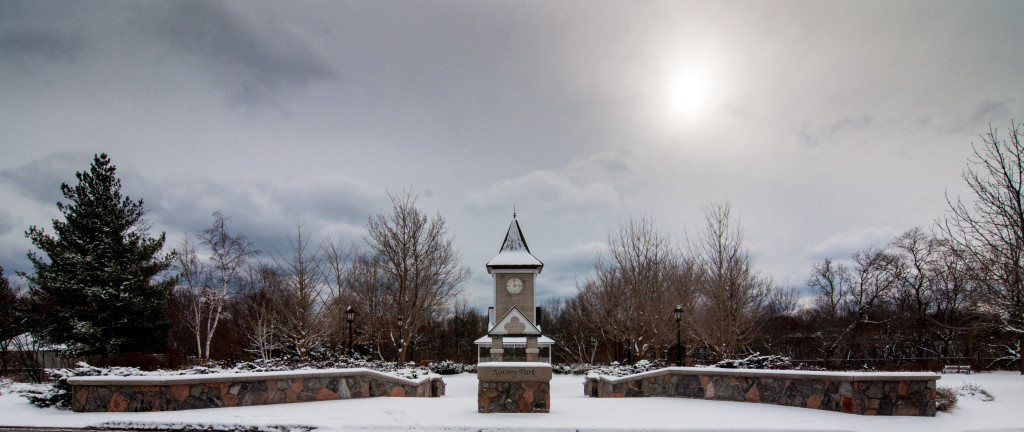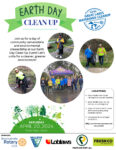History of Rotary Park
Rotary Park is an important entrance into the Valley’s 2000 system, but it did not always look the same as it does today. Currently Rotary Park features a lovely gazebo that provides shelter for various musical groups and performers during the summer months. This was not a first for the park; in World War One the 235th Overseas Battalion Brass Band would use this space as well. “The band has a fine place to practice under the shade of several elms, and their music is much appreciated by those who venture to the top of the “stairs” and stay there to listen…” At the bottom of these stairs and across a wooden bridge was the site of Camp Hoskin home to the brave men mentioned above.
Music would not be the only source of leisurely activities that would take place in the park. Rotary Park would become the home of hockey in Bowmanville; in 1948 Bowmanville Memorial Arena was built. “The arena had a seating capacity of 640, as well as standing room for another 330”. The building capacity would be far exceeded roughly 1500 starting in 1962-63 when the Oshawa Generals featured a rookie by the name of Bobby Orr (some of you may have heard of him). Bowmanville would continue to host games up until the Oshawa Civic Auditorium was finished in 1964.

Rotary Park continues to be a place for remembrance of the First and Second World Wars. Rotary Park was chosen as the site for the Colville Memorial Clock Tower. This monument was erected to remember the ultimate price that was paid for their community. Bill, Alec and Sandy Colville mentioned in the Canadian Statesmen as “the Heroic Trinity of Sacrifice in the cause of Freedom”, will always be remembered in Rotary Park and throughout their community.
Rotary Park throughout the years has had its physical looks changed, but the park has not changed what it represents to the community. It has always been a entrance into the valley below, a place to spend some down time enjoying music or sports and of course a place to remember the sacrifices of the brave that allow us to live the life of freedom that we enjoy today.
Sources:
The History of the Bowmanville Valley, Clarington Promoter, April 2012 by Charles Taws
Canadian Statesmen
Kevin Shea




